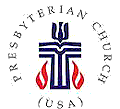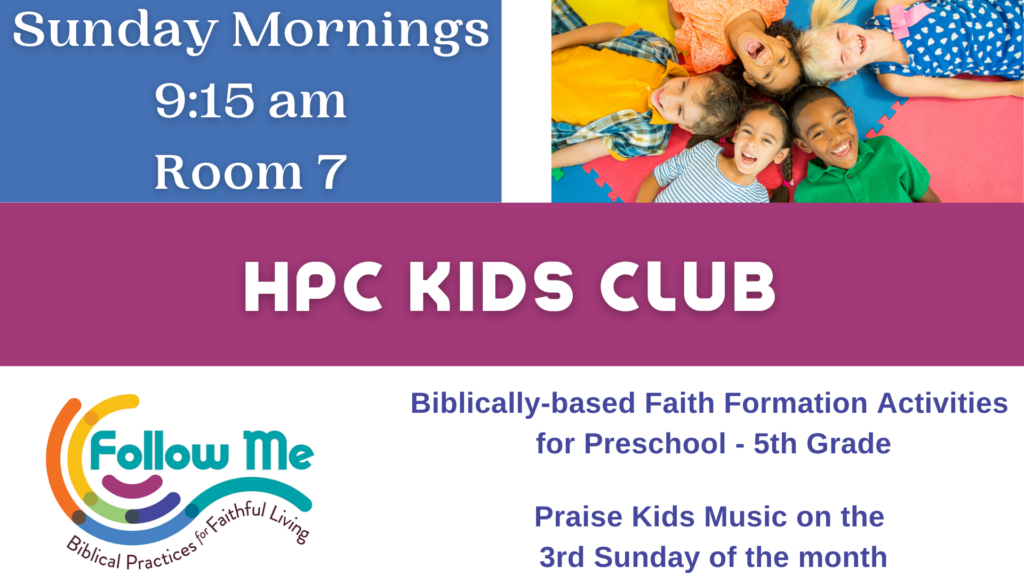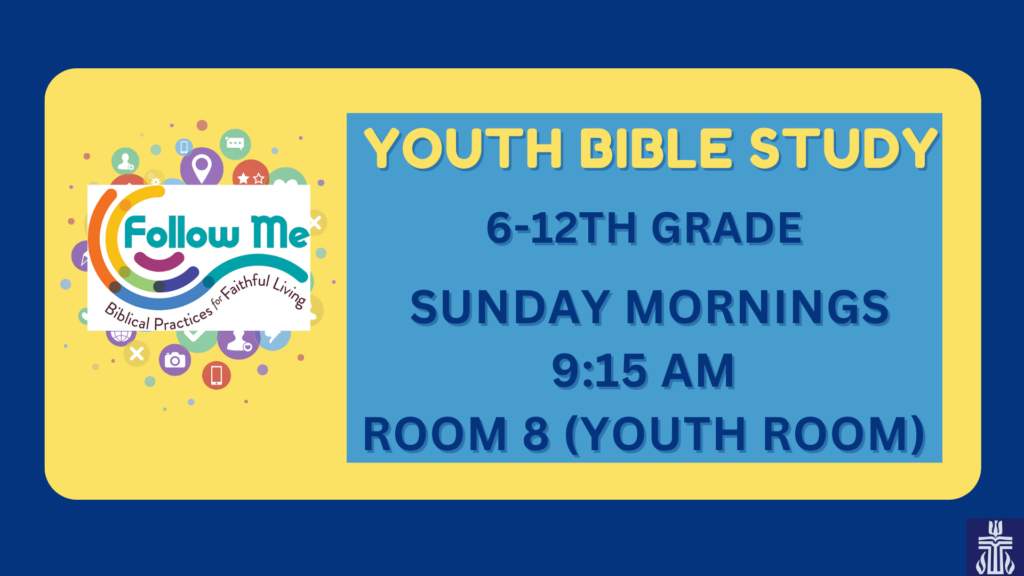“What is the one most important thing our society needs?” In the movie,Miss Congeniality, Sandra Bullock stars as an undercover FBI agent who must learn the rhythms of the beauty pageant world. In one round of competition, contestants are asked that beginning question. One-by-one, they reply with saccharine smiles, “World Peace.” Then it’s Gracie Hart’s turn. She hears the question and replies “that would be harsher punishment for parole violations, Stan.” The audience is silent. She takes a beat, then pops on that same smile to add “and . . . world peace.”
“What is the one most important thing our society needs?” How would you answer? With World Peace, or maybe Peace on Earth? These are familiar words,particularly in the midst of the Christmas season. At this time of year, we like to imagine the world as it should be – an idyllic image of people singing in harmony together in a scene best painted by Norman Rockwell.
Our desire for world peace is not a new one; it is as old as the stories of our Scriptures. The people of God have long been in a cycle of waiting for the dawning of the new day. Our texts for Advent connect us to their expectations for hope, peace, joy, and love to come. The prophets are full of expressions of these longings, often from a people experiencing extreme challenges. While the exact context of the prophet Malachi is unclear, many believe it was written following the Babylonian exile after the dedication of the Second Temple in 515 BCE, during which the priesthood had already become corrupt and the prophet imagined a better way for God’s people to live in holiness. The prophet imagines a fullness and wholeness that comes with God’s people gathered for authentic, heartfelt worship of the one true God in the temple, where God would reside with God’s people forever. Prayers for peace in this context imagined full communion with the divine, ever-present.
Advent anticipates this reality. As one commentary puts it:
At Advent something is afoot in God’s world.There is a terrible, hopeful newness about life: terrible because it promises to overthrow all our old, comfortable, sinful ways; and hopeful for the very same reason. We know its shape, and yet we do not know it
Charles B Cousar, BeverlyR. Gaventa, J. Clinton McCann, Jr., and James D. Newsome, Texts for Preaching: Year C, (Louisville, KY: Westminster John KnoxPress, 1994).
Advent calls us to look around at the hopes that we might glimpse God’s presence. In this, we express a deep-seated longing for which we wait with a relentless urgency for something to give.
Emerging from the wilderness with that urgency, John the Baptist barrels into our lectionary texts, quoting Isaiah and calling God’s people into a new way of being for a fast-approaching change in the world with the coming of the Messiah.
Remember Gracie Hart’s answer in Miss Congeniality? That jarring answer about the legal system? It’s a response much like John the Baptist might have given. He prompts us to dig a bit deeper in our understandings of peace as we prepare for December 25th. According to John the Baptist, before we can experience the joy of Christmas, we have to reorient our lives. The Greek word for this is metanoia, or repentance. It means literally a turning around, which will likely involve us looking at the structures and the systems and the people of the world around us in new and different ways.
John calls us to make a way, using words from Isaiah 40. There is construction work to be done, that those places we once saw as impasses with one another might be cleared for travel. Put another way, Advent preparation is about trying to remove the obstacles that are in the way of peace in this world. The prophet’s words are prayers that call us into important work.
In these weeks approaching Christmas, we tend to take on that task with joy. This is a season marked by giving. This morning, and over the past few weeks, countless presents have filled the Narthex for Santa’s Caravan, and volunteers who have been working for months will crank things up another notch this week at the “North Pole” to make sure all is ready. Last weekend we were out shopping and met the most joyful Salvation Army bell ringer I have ever seen; an older man singing beautiful carols with a pep in his voice and in his step as he danced just outside the rainy entrance. I couldn’t help but dig in my purse for some coins, which Nathan joyfully plinked into the pail one at a time. The hope of Advent inspires us to act in ways that build community and care for one another. It feels good, to do good, right? When we serve others,the words from the familiar hymn sung by the choir last week ring true: “let there be peace on earth . . . and let it begin with me.” What better way is there to prepare for Christ’s coming?
This text also calls us to make peace with each other, which is more than just playing nicely with others at a holiday party. Making a way is about seeking true reconciliation with each other. Forgiveness is at the heart of this peace, as we let go of the things that bind us and keep us from truly loving each other as God has loved us. Each week in worship, we begin our service with a time called “passing the peace.” Admittedly, on most weeks it’s a time of greeting and hellos, perhaps catching up on each other’s lives.Theologically speaking, we are greeting each other in the words used by Christ himself. And this is a good thing as we are reminded of the community we share with each other. But there’s something more at stake to this moment. We are reminding each other of the peace that comes from God’s grace and forgiveness offered to us in Jesus Christ. In some orders of worship, this moment comes after the prayer of confession to emphasize that point. Because we are forgiven people, we are able to forgive one another. The passing of peace is an extension of our response to God’s grace. It is our “Gloria” embodied in relationship. I think that is a powerful way to begin our time of worship,because it means that we let go of those things that would otherwise get in our way, perhaps at the door to the sanctuary, and embrace one another as siblings in Christ. Isn’t it amazing how we can do it so willingly here, even casually and easily? In this space, in this hour, it can be easy to talk about peace,even to pray for peace as we will do in just a few moments. Maybe it’s easy because of how we begin. And I think the gospel challenges us to take this idea one step further as we step back into the world, and reminds us that our understanding of peace and forgiveness should reframe everything for us.
The work of peace might even take us outside of our comfort zones, to do a bit of improvising.
In 1977, David Bowie showed up at a television studio to take part in a special hosted by the legendary Bing Crosby. He was handed a copy of “The Little Drummer Boy,” the song that had been selected for him. I imagine he had the face Denise gets when I mention singing “O Little Town of Bethlehem.” This was far from his favorite song. In fact, he refused to sing it. So frantically composers and writers tried to come up with a solution.
They added another melody and new lyrics as a counterpoint to all those pah-rumpa-pum-pums and called it”Peace on Earth.” Bowie liked it. More important, Bowie sang it. The result was an epic, and epically bizarre, recording in which David Bowie, the androgynous Ziggy Stardust, joined in song with none other than Mr. “White Christmas” himself, Bing Crosby[ii].
If you haven’t already, I’m sure you’ll hear this now classic tune on the radio or in a store. It’s one of my favorites, with it’s weaving of melodies and rhythms. What is more, in a song about preparing to worship God with whatever is available to us, even a simple drum, are words of peace. The song calls us to prepare with prayers for peace woven into our actions:
Peace on earth, can it be
http://www.washingtonpost.com/wp-dyn/content/article/2006/12/19/AR2006121901260.html?noredirect=on
Years from now, perhaps we’ll see
See the day of glory
See the day when men of good will
Live in peace,
live in peace again.
Peace on earth, can it be
Every child must be made aware
Every child must be made to care
Care enough for his fellow man
To give all the love that he can
I pray my wish will come true
For my child and your child too
He’ll see the day of glory
See the day when men of good will
Live in peace,
live in peace again.
Peace on earth, can it be?
Can it be?
On this Sunday, we remind ourselves of the peace that is coming into the world. The kind that passes all understanding, and truly can only come from Christ. We renew our faith in the possibilities that are endless because of God-with-us. In Advent, we join this prayer, asking “peace on earth – can it be?” and close with an Amen, which means – may it be so. May it be so.
Rev. Elizabeth Lovell Milford
December 9, 2018





Leave a Reply
You must be logged in to post a comment.